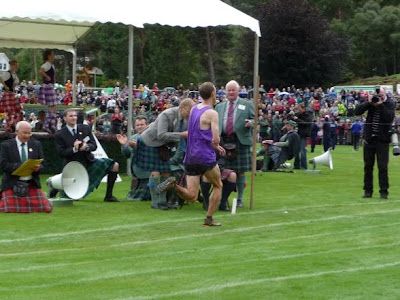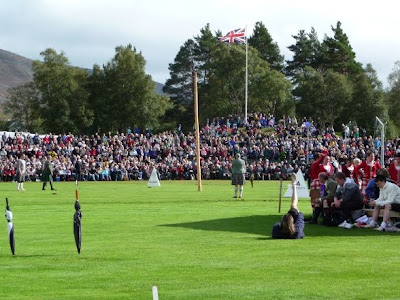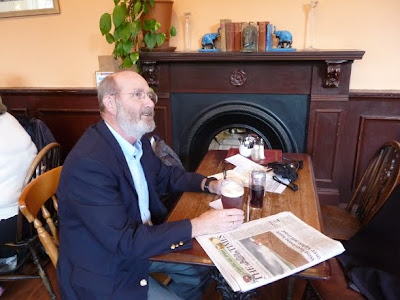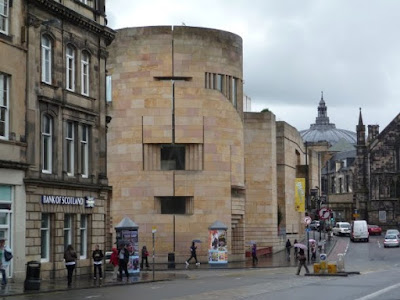The locals all seemed nonchalant about it Thursday and Friday, but by 3 PM Saturday, when the maroon Bentley pulled into the stadium, the excitement was universal, and none were more thrilled by the event than Vicki and I. Though she stayed for an hour, it was hard to take our eyes off her and members of the royal party. Somehow, we continued watching the games, stealing glances, and not a few pix. What an experience!
 |
HM The Queen's reviewing stand; takes about two weeks to
decorate in Highland fashion
|
 |
About 2:30, all members of the press are herded into one place
|
 |
About 2:50, the maroon Bentley and two other vehicles
appear
|
 |
She was that close!
|
 |
And the Duke of Edinburgh and the Prince of Wales, and
Princess Anne
|
 |
Honors and congratulations
|
 |
More honors and congratulations
|
 |
Departure, precisely at 4 PM
|
 |
Escorted by the massed bands
|









































